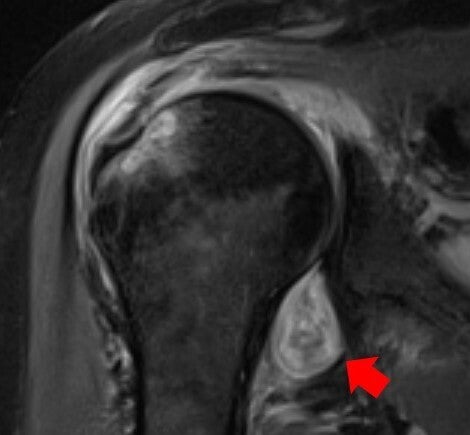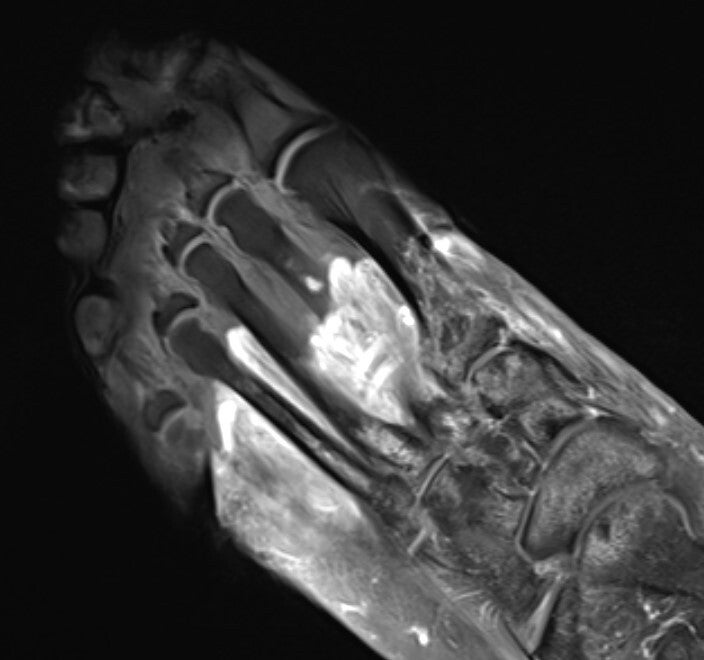
Muscle soreness and achy joints are known symptoms in Covid-19 patients, but for some people, the symptoms are more severe, long-lasting and impactful – ranging from rheumatoid arthritis flares to autoimmune myositis or “Covid toes.”
A new study has, for the first time, confirmed and illustrated the causes of these symptoms using radiological imaging.
“We’ve realised that the Covid virus can trigger the body to attack itself in different ways, which may lead to rheumatological issues that require lifelong management,” said author Dr Swati Deshmukh.
The paper, published in the journal Skeletal Radiology, is a review of data from patients who presented to Northwestern Memorial Hospital between May 2020 and December 2020.
“Many patients with Covid-related musculoskeletal disorders recover, but for some individuals, their symptoms become serious, are deeply concerning to the patient or impact their quality of life, which leads them to seek medical attention and imaging,” explained Dr Deshmukh, assistant professor of musculoskeletal radiology at Northwestern University Feinberg School of Medicine.
“That imaging allows us to see if Covid-related muscle and joint pain, for example, are not just body aches similar to what we see from the flu – but something more insidious.”
Imaging (CT, MRI, ultrasound) can help explain why someone might have prolonged musculoskeletal symptoms after Covid, directing them to seek the right physician for treatment, such as a rheumatologist or dermatologist.
In some cases, radiologists may even suggest a Covid diagnosis based on musculoskeletal imaging in patients who previously didn’t know they contracted the virus, Dr Deshmukh added.

What does the imaging show?
“We might see edema and inflammatory changes of the tissues (fluid, swelling), hematomas (collections of blood) or devitalised tissue (gangrene),” said Dr Deshmukh.
“In some patients, the nerves are injured (bright, enlarged) and in others, the problem is impaired blood flow (clots).”

How can imaging lead to better treatment?
“I think it’s important to differentiate between what the virus causes directly and what it triggers the body to do,” Dr Deshmukh said. “It’s important for doctors to know what’s happening in order to treat correctly.”
For example, if a patient has persistent shoulder pain that started after contracting Covid, their primary care provider might order an MRI/ultrasound. If a radiologist knows Covid can trigger inflammatory arthritis and imaging shows joint inflammation, they can send a patient to a rheumatologist for evaluation.
“Some doctors request imaging for patients with ‘Covid toes,’ for example, but there wasn’t any literature on imaging of foot and soft tissue complications of Covid,” Dr Deshmukh said. “How do you find something if you’re unsure of what to look for? So in our paper, we discuss the various types of musculoskeletal abnormalities that radiologists should look for and provide imaging examples.”